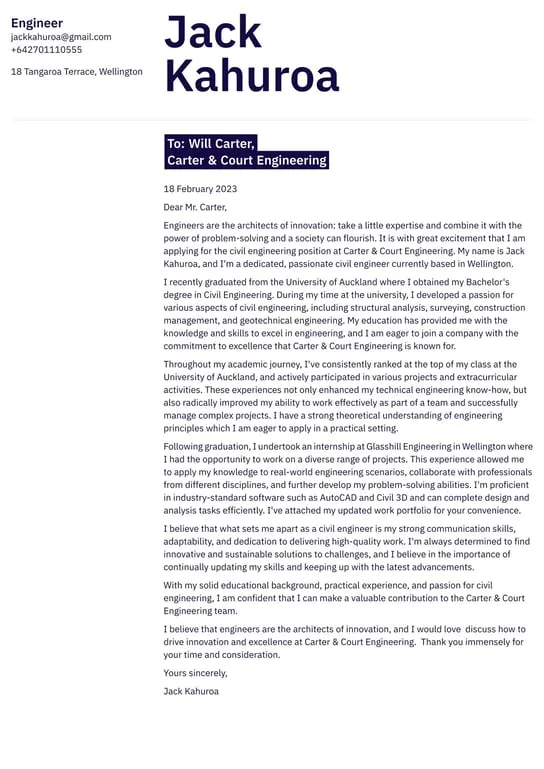Understanding the Importance of an Engineering Cover Letter
In the competitive world of engineering, a well-crafted cover letter is your first opportunity to make a strong impression. It serves as a crucial introduction, allowing you to go beyond the information presented in your resume and showcase your personality, skills, and enthusiasm for the specific engineering role you’re targeting. This guide provides a comprehensive overview of how to create an effective cover letter that will capture the attention of hiring managers and increase your chances of landing an interview. Remember, your cover letter is not just a formality; it’s a strategic tool to differentiate yourself from other applicants and demonstrate your suitability for the position.
Why a Cover Letter Matters
A cover letter provides a space to explain your motivations, connect your skills to the job description, and highlight your unique selling points. It allows you to demonstrate your understanding of the company’s needs and how your experience aligns with their goals. Unlike a resume, a cover letter gives you the flexibility to present your qualifications in a narrative format, enabling you to tell a compelling story about your career and aspirations. This narrative approach is often more engaging than a simple list of accomplishments and allows you to create a more personal connection with the hiring manager. It provides context for your resume, helping the reader understand the ‘why’ behind your qualifications and career choices.
Highlighting Relevant Skills
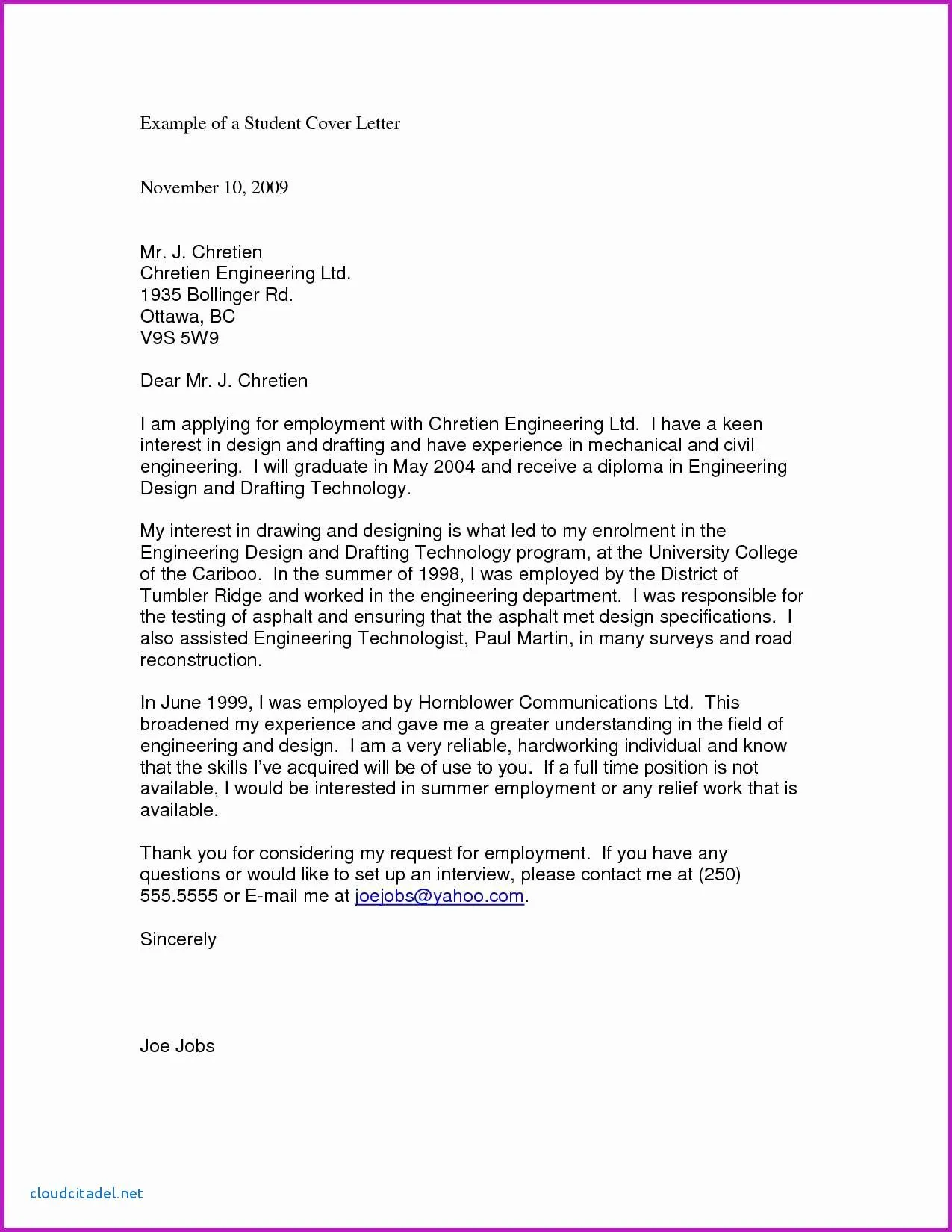
The most impactful cover letters clearly identify the skills and experiences that align with the job description. Begin by thoroughly reviewing the job posting and pinpointing the key requirements and desired qualifications. Then, in your cover letter, explicitly state how your skills and experiences match these requirements. This might involve providing specific examples of projects you’ve worked on, technologies you’ve mastered, or problems you’ve solved. Use action verbs to describe your accomplishments and focus on the results you achieved. Remember to quantify your achievements whenever possible to provide tangible evidence of your abilities. Tailoring your skills to the specific requirements of the job shows that you’ve carefully considered the role and are a strong fit for the company.
Cover Letter Essentials
Crafting an effective cover letter requires attention to several key elements. These essentials ensure your letter is professional, easy to read, and clearly communicates your value to the employer. From formatting to content, each aspect plays a crucial role in presenting you as a strong candidate. Mastering these fundamentals will significantly enhance your cover letter’s impact, setting you apart from other applicants and demonstrating your professionalism. A well-structured cover letter is more than just a formality; it’s an opportunity to impress and increase your chances of getting the job.
Formatting Your Engineering Cover Letter
Proper formatting is crucial for readability. Use a professional font, such as Times New Roman or Arial, with a font size of 11 or 12 points. Maintain consistent margins (typically 1 inch on all sides) and use single-spacing within paragraphs with a blank line between paragraphs. The layout should be clean and uncluttered, making it easy for the hiring manager to scan and absorb the information. Structure your cover letter with clear sections, including contact information, a professional salutation, an opening paragraph, body paragraphs that highlight your skills, and a closing paragraph. Each section should serve a specific purpose, guiding the reader through your qualifications and demonstrating your enthusiasm for the position.
Contact Information
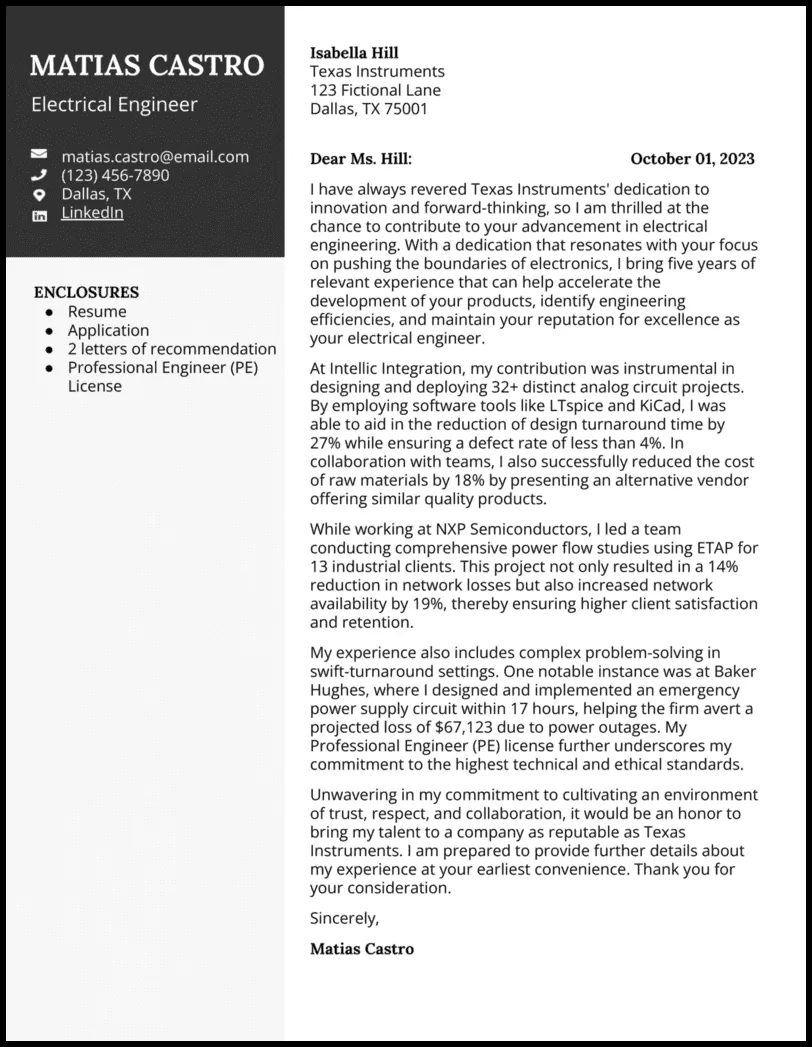
Begin your cover letter by including your full name, address, phone number, and email address at the top. Ensure that the email address is professional; avoid using nicknames or unprofessional language. This information allows the hiring manager to easily contact you. Consider adding a link to your LinkedIn profile as well, providing an additional resource for the employer to learn more about your professional background and network. Ensure your contact information is up-to-date and accurate to avoid any delays in the application process. Double-check all details to avoid any errors.
Professional Salutation
Always address your cover letter to a specific person whenever possible. Research the hiring manager’s name or the recruiter’s name and use it in your salutation (e.g., “Dear Mr. Smith” or “Dear Ms. Jones”). If you cannot find a specific name, use a professional greeting like “Dear Hiring Manager” or “Dear [Company Name] Hiring Team.” Avoid generic greetings like “To Whom It May Concern,” which can make your letter seem less personal. Researching the hiring manager demonstrates your attention to detail and your genuine interest in the position. Always double-check the spelling and accuracy of the name to show professionalism.
The Opening Paragraph
The opening paragraph is your chance to grab the reader’s attention. Start by stating the position you’re applying for and where you found the job posting. Briefly mention your key qualifications and why you’re a good fit for the role. Express your enthusiasm for the company and the specific opportunity. Avoid generic statements and instead, make a concise and impactful introduction that immediately highlights your interest and relevant skills. You want to pique the reader’s interest, encouraging them to continue reading the rest of your cover letter. This section should set the tone for the entire letter and clearly state your purpose for writing.
Showcasing Your Skills and Experience
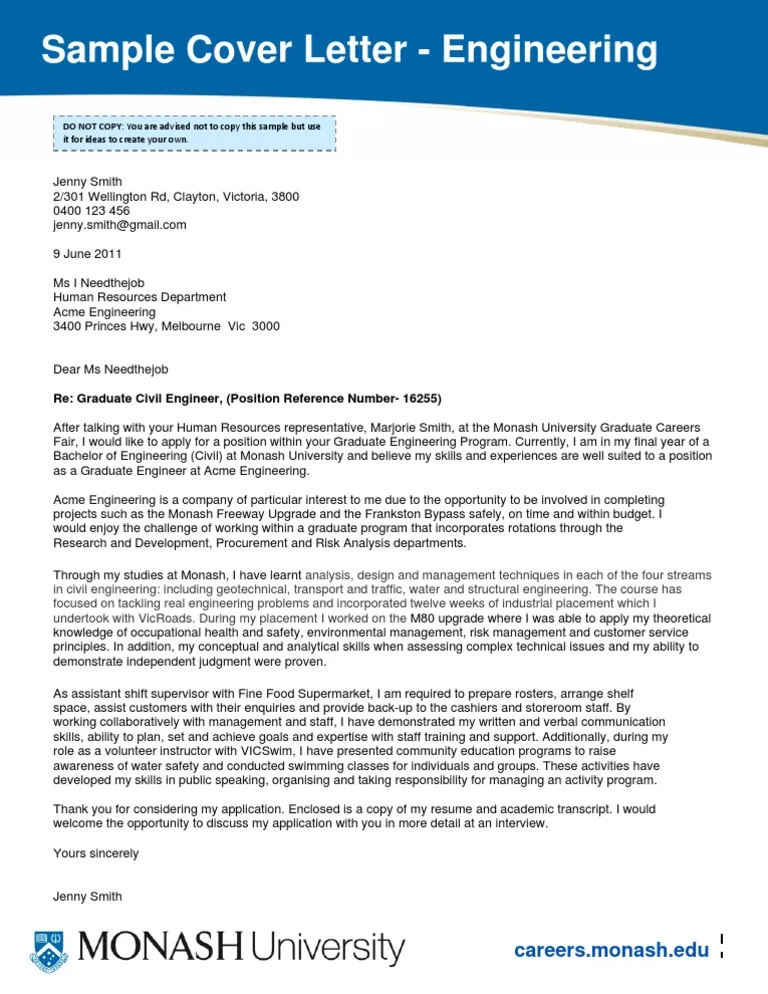
The body of your cover letter is where you delve into your skills and experiences. Use this section to provide specific examples that demonstrate your abilities and accomplishments. Highlight the skills and experiences that align with the job description and company requirements. Focus on achievements rather than just listing responsibilities. Use action verbs to describe your contributions and provide quantifiable results whenever possible. Organize your content logically, perhaps by focusing on a few key skills or projects that directly relate to the job requirements. This structure allows the hiring manager to quickly assess your qualifications and understand the value you bring to the company.
Quantifying Your Achievements
Whenever possible, quantify your achievements with specific numbers and data. Instead of saying you “managed projects,” say you “managed projects resulting in a 15% reduction in costs.” Instead of stating you “improved efficiency,” state that you “improved efficiency by implementing new processes, reducing production time by 20%.” Quantifying your accomplishments demonstrates the impact you’ve had in previous roles and provides concrete evidence of your skills. This data-driven approach makes your cover letter more compelling and helps hiring managers quickly assess your value. Providing measurable results makes your claims more credible and showcases your ability to achieve tangible outcomes.
Tailoring Your Letter to the Job
Customize each cover letter for the specific job you are applying for. Review the job description carefully and identify the key requirements and desired skills. Then, tailor your cover letter to match those requirements. This involves highlighting the relevant skills and experiences that align with the job description and using keywords from the posting. Avoid sending a generic cover letter; instead, demonstrate that you’ve taken the time to understand the company’s needs and how your qualifications align with their goals. This personalized approach shows that you’re genuinely interested in the position and have carefully considered your fit with the organization.
Researching the Company
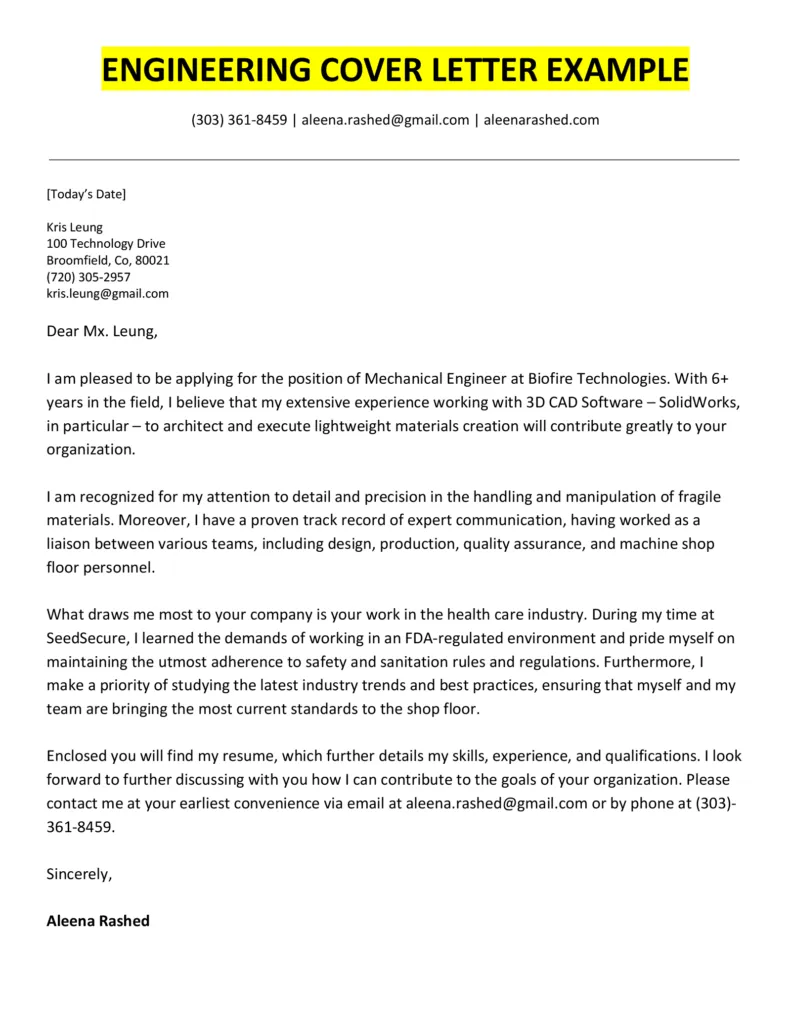
Before writing your cover letter, research the company thoroughly. Visit their website, read their mission statement, and look for recent news or projects. This research will help you understand the company’s values, culture, and goals. Use this information to tailor your cover letter and demonstrate your interest in the company. Mention specific projects, initiatives, or values that resonate with you. This shows the hiring manager that you’ve done your homework and are genuinely interested in the opportunity. Understanding the company’s needs allows you to highlight how your skills and experiences align with their specific goals, increasing your chances of standing out.
Using Keywords Effectively
Use keywords from the job description throughout your cover letter. Applicant tracking systems (ATS) often scan cover letters for relevant keywords, and using them can improve your chances of getting noticed. However, don’t stuff your letter with keywords; integrate them naturally into your sentences. Use a variety of keywords to demonstrate your understanding of the job requirements. This shows the hiring manager that you possess the necessary skills and experience. A thoughtful use of keywords helps to ensure your cover letter resonates with both the hiring manager and the ATS, increasing your chances of moving forward in the application process.
Closing Your Cover Letter
The closing of your cover letter is a crucial part of making a lasting impression. This section provides an opportunity to reiterate your enthusiasm, express gratitude, and encourage further action. Properly executed, the closing can significantly influence the hiring manager’s perception of your application and increase the likelihood of an interview. The goal is to leave a positive and memorable impression.
Expressing Enthusiasm and Gratitude
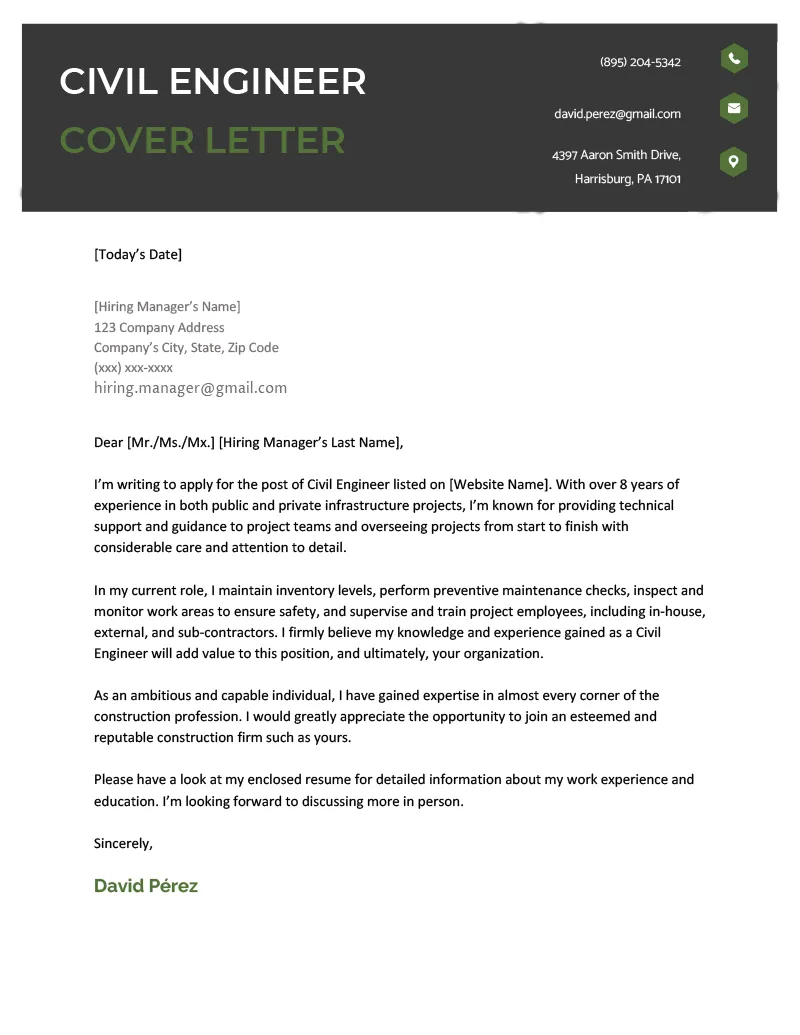
End your cover letter by expressing your enthusiasm for the position and the company. Reiterate your interest in the role and mention why you believe you’re a strong fit. Thank the hiring manager for their time and consideration. This expression of gratitude is a professional courtesy that shows respect. It leaves a positive final impression. A sincere thank you reinforces your interest and makes the reader feel appreciated. Always express genuine excitement about the opportunity to contribute to the company’s success.
Call to Action
Include a clear call to action in your closing. This encourages the hiring manager to take the next step, such as scheduling an interview. State your availability for an interview and how they can contact you. This might involve mentioning that you look forward to discussing your qualifications further or expressing your eagerness to learn more about the opportunity. A clear call to action makes it easy for the hiring manager to take the next step. End with a professional closing, such as “Sincerely” or “Best regards,” followed by your typed name.
Cover Letter Examples for Engineering Jobs
Reviewing examples of cover letters for engineering jobs can be incredibly beneficial. These examples offer practical guidance on how to structure your letter, highlight your skills, and tailor your content to specific roles. By studying successful cover letters, you can identify the best practices and adapt them to your own situation. Make sure to customize any template or example to fit your unique qualifications and the specific job requirements. Ensure that the example cover letters are for engineering roles. Using relevant examples makes your cover letter more effective and relevant.
Mechanical Engineering Cover Letter Example
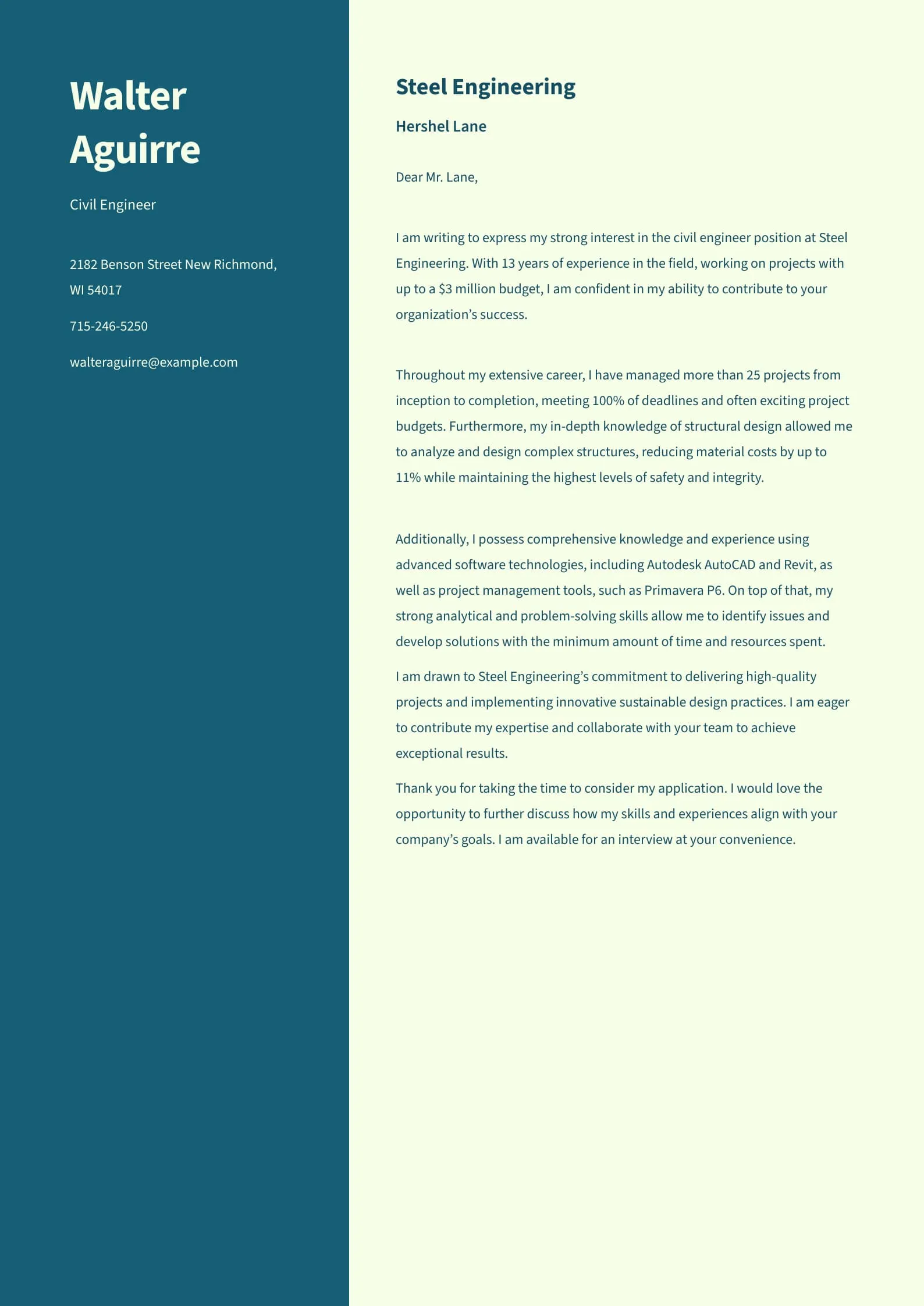
A mechanical engineering cover letter should emphasize your technical skills, problem-solving abilities, and experience with mechanical systems. Highlight any relevant software proficiency, such as CAD or FEA. Provide specific examples of your accomplishments. For example, describe projects where you designed, built, or improved mechanical systems. Mention any experience with manufacturing processes, testing, and quality control. Quantify your achievements whenever possible, using metrics to demonstrate the impact of your work. Be sure to tailor your cover letter to the specific requirements of each mechanical engineering role. Show the hiring manager that you understand the company’s needs. This will make your application stand out.
Civil Engineering Cover Letter Example
A civil engineering cover letter should emphasize your experience with infrastructure projects, such as bridges, roads, or buildings. Highlight your knowledge of relevant regulations and your ability to work with various stakeholders. Provide specific examples of projects where you managed resources, solved complex engineering problems, or ensured project success. Mention any experience with software used in civil engineering. Also, describe your familiarity with design principles, construction methods, and safety protocols. Quantify your achievements. Make sure your cover letter clearly communicates your understanding of the job requirements. This will showcase your suitability for the role.
Electrical Engineering Cover Letter Example
An electrical engineering cover letter should highlight your expertise in electrical systems, circuit design, and relevant technologies. Focus on your experience with specific tools, software, or hardware used in electrical engineering. Provide examples of projects where you designed circuits, tested components, or troubleshooted electrical problems. Mention any experience with power systems, telecommunications, or embedded systems. Quantify your achievements. Clearly communicate your understanding of the job requirements. This will showcase your suitability for the role and make your application stand out. Be sure to emphasize your technical skills, experience, and understanding of the industry.
Common Mistakes to Avoid

Avoiding common mistakes can greatly improve the effectiveness of your engineering cover letter. These errors can undermine your application and give a negative impression to the hiring manager. By being aware of these pitfalls, you can create a cover letter that showcases your skills and qualifications in the best possible light. Paying close attention to detail is crucial for making a positive impression. The following are key errors that will compromise the quality of your application, so make sure you avoid them.
Typos and Grammatical Errors
Typos and grammatical errors can create a negative impression and make you appear unprofessional. Always proofread your cover letter carefully, and consider using grammar and spell-checking tools. Ask a friend or family member to review your letter as well. Multiple sets of eyes can catch errors that you might miss. Ensure that your cover letter is free of any spelling mistakes, punctuation errors, or grammatical issues. A polished and error-free cover letter demonstrates your attention to detail and commitment to quality. Errors can distract the reader and make it harder to focus on your qualifications, so make sure to have everything checked.
Generic Cover Letters
Avoid sending generic cover letters that are not tailored to the specific job and company. Hiring managers can easily spot generic letters. A generic cover letter demonstrates a lack of interest in the opportunity. Tailor your cover letter to each job by highlighting the skills and experiences that align with the requirements and using keywords from the job description. Show that you’ve researched the company and understand their values and goals. Customize your letter to demonstrate your genuine interest in the role and organization. This will make your application stand out from the rest. A personalized approach can significantly increase your chances of making a positive impression.
Ignoring the Job Description
Failing to address the specific requirements outlined in the job description is a major mistake. Review the job posting carefully and identify the key qualifications, skills, and experiences the employer is seeking. In your cover letter, highlight the relevant aspects and explain how your qualifications align with the job. Use keywords from the job description and provide specific examples to demonstrate your skills. Ignoring the job description shows a lack of attention to detail and can result in your application being overlooked. Clearly show that you have taken the time to understand the role and that you are a strong fit for the position.
Final Tips for a Winning Cover Letter
Creating a winning cover letter involves paying attention to detail and showcasing your best qualities. By following these final tips, you can create a cover letter that captures the attention of hiring managers and significantly improves your chances of landing an interview. Focus on clarity, conciseness, and demonstrating the value you bring to the table. These final steps will help you refine your cover letter, ensuring it leaves a lasting impression and sets you apart from other candidates. It’s more than just about presenting yourself; it is about making a meaningful connection with the employer.
- Proofread carefully for any errors in grammar or spelling.
- Tailor your cover letter to each job application.
- Highlight your skills and experience.
- Quantify your achievements whenever possible.
- Research the company thoroughly.
- Use keywords from the job description.
- Express enthusiasm and gratitude.
- Include a clear call to action.
